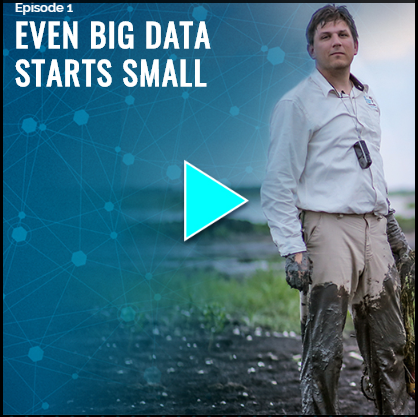
6.10. Impacts of CS Crowdsourcing with Citizen Science Apps¶
Time Estimate: 90 minutes
6.10.1. Introduction and Goals¶
Computing innovations impact our lives in many ways that require considerable study and reflection for us to fully understand them. In this performance task, you will explore a citizen science computing innovation in preparation for exploring an innovation of your choosing. A computing innovation is an innovation that includes a computer or program code as an integral part of its functionality. Your close examination of this computing innovation will deepen your understanding of computer science principles.
- explain how people participate in problem-solving processes at scale
- research the impact of a computing innovation on society, economy, and culture
- describe how the use of computing innovations can raise legal, ethical, and privacy concerns
- use target vocabulary, such as crowdsourcing while describing the impact of citizen science apps, with the support of concept definitions and vocabulary notes from this lesson
6.10.2. Learning Activities¶
Citizen Science Apps
As an example of a computing innovation, let’s explore citizen science apps. Citizen science apps rely on a concept called crowdsourcing, where data or information is collected from a large number of people via the Internet. Crowdsourcing allows people to collaborate on a project by each contributing a small portion of the data, the funding, etc. Watch Episode 1 of The Crowd and the Cloud. If you do not have time to watch the entire hour-long episode, then focus on the OpenStreetMap [16:55-28:30] and EyesOnALZ [28:30-41:57] segments. Then review the citizen science projects listed at Scistarter Find A Project.
Activity: Impact of Citizen Science Apps
Next, search the citizen science projects listed at SciStarter Find a Project. Use one of the projects listed as your computing innovation to answer the questions below. Make sure the citizen science project you select involves a computing innovation that includes a computer, website, or mobile app as a part of its functionality.
- What citizen science app did you explore? What is the purpose of the app? Describe functionality of the app
- What data does the app use and how does the app use the data collected? For example, as a citizen scientist using the BloomWatch app, you would take pictures of cyanobacteria blooms in water and submit the image along with the date, the state and town, weather conditions, surface water conditions, bloom size, public access to the water, and any comments you’d like to add. BloomWatch specifies they will store it in a public database for analysis in helping to understand the occurrence and locations of cyanobacteria blooms, but they might also send the data to state water quality agencies. (Hint: you might need to install the app or look at screenshots of the app to find out the data it collects.)
- What are the intended positive impacts of your citizen science app? What might be some unintended negative impacts? You might consider impacts on society, the economy, culture, etc.
After you’ve answered these questions, find a partner and share your apps and the answers to the questions. Was the purpose clear for the computing innovation? Can you suggest additional impacts or data?
6.10.3. Summary¶
In this lesson, you learned how to:
6.10.4. Still Curious?¶
Citizen science apps are just one example of crowdsourcing in computer science. What are some other examples you can think of? Try exploring the list of articles related to computing on diigo for ideas.
6.10.5. Self Check¶
Here is a table of the technical terms introduced in this lesson. Hover over the terms to review the definitions.
| crowdsourcing |
6.10.6. Reflection: For Your Portfolio¶
Answer the following portfolio reflection questions as directed by your instructor. Questions are also available in this Google Doc where you may use File/Make a Copy to make your own editable copy.
